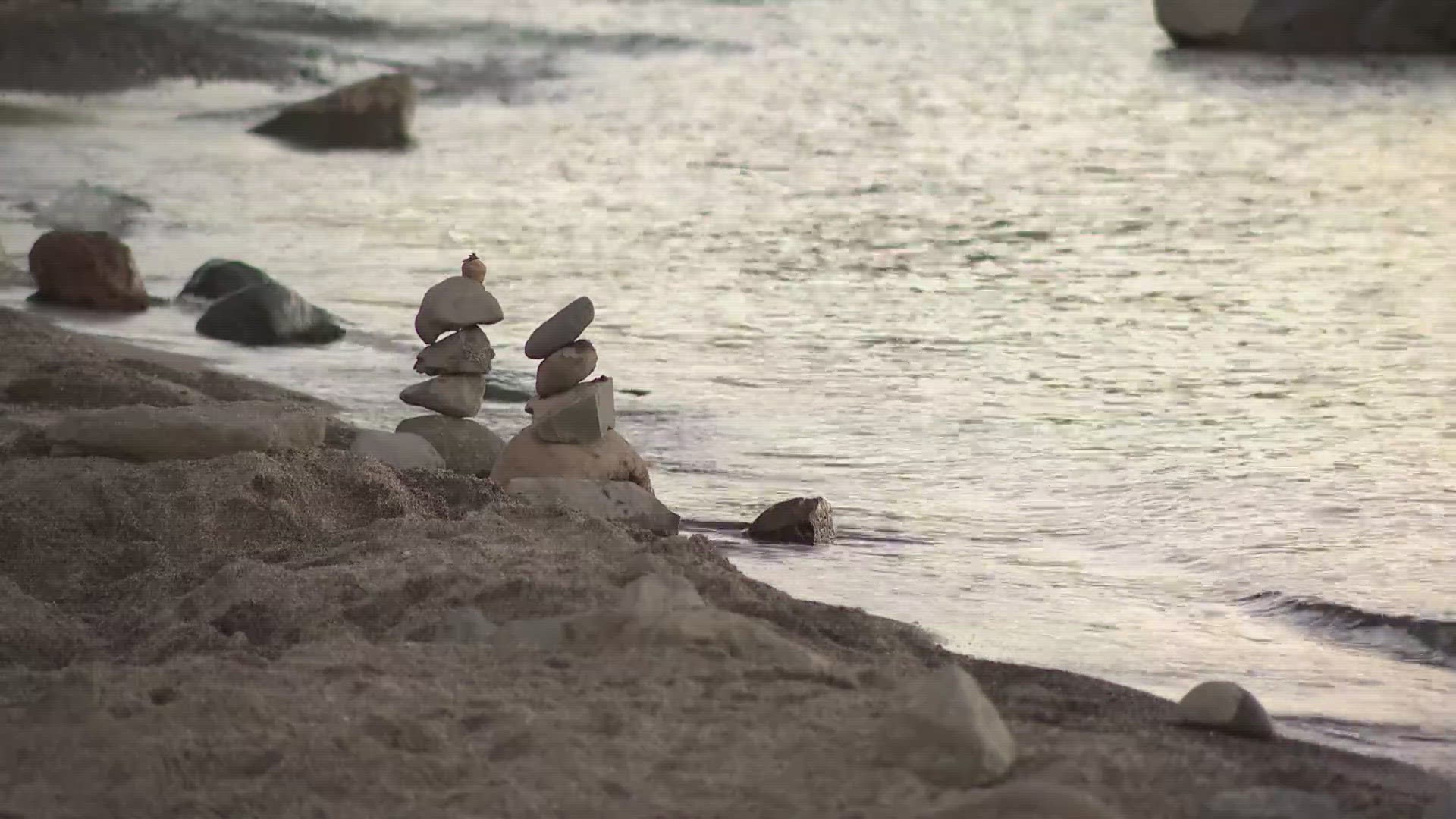TAHOE CITY, Calif — 2022 was a year of rapid biological change for Lake Tahoe.
That is a simple way, to sum up the 2023 Tahoe: State of the Lake Report. The report highlights improvement in lake clarity which on average hovered near 72 feet. A few years ago, it was around 61 feet.
“2022 was a year of remarkable changes in Lake Tahoe,” said Geoffrey Schladow, Director of the UC Davis Tahoe Environmental Research Center. “The clarity improved to levels we hadn't seen since the 1980s.”
The reason for the increased clarity is due to the return of a native animal, called Zooplankton. It cleans the lake at a faster rate. While the population of its predator, the Mysis shrimp, is on the decline.
“Once the shrimp disappeared, because we had seen something similar in Emerald Bay, we sort of cautiously predicted well, this could happen in Tahoe. It did,” said Schladow.
He and his team are trying to figure out why the shrimp died. But Schladow is certain the shrimp will return, and the lake clarity will decrease.
“The fact that we can sometimes be surprised by what nature throws at us," said Schladow. “And hopefully we can live up to that public trust we sometimes receive to learn from it. And to use that to everybody's advantage.”
One big concern researchers have for Lake Tahoe is the amount of microplastic pollution in the lake. The report shows the lake’s levels of microplastic are among the highest of freshwater lakes in North America.
Researchers said the microplastics in Lake Tahoe are at a similar level found in the San Francisco Bay.
In a positive development, researchers said restoration and management efforts continued to decrease nutrient and fine particle loads from entering the lake. Total nitrogen coming into Lake Tahoe from the Upper Truckee River was 11.1 metric tons per year compared to the mean annual load of 17.3 metric tons per year.
UC Davis researchers have been monitoring the second deepest lake in the United States continuously since 1968.
Watch more on ABC10

















